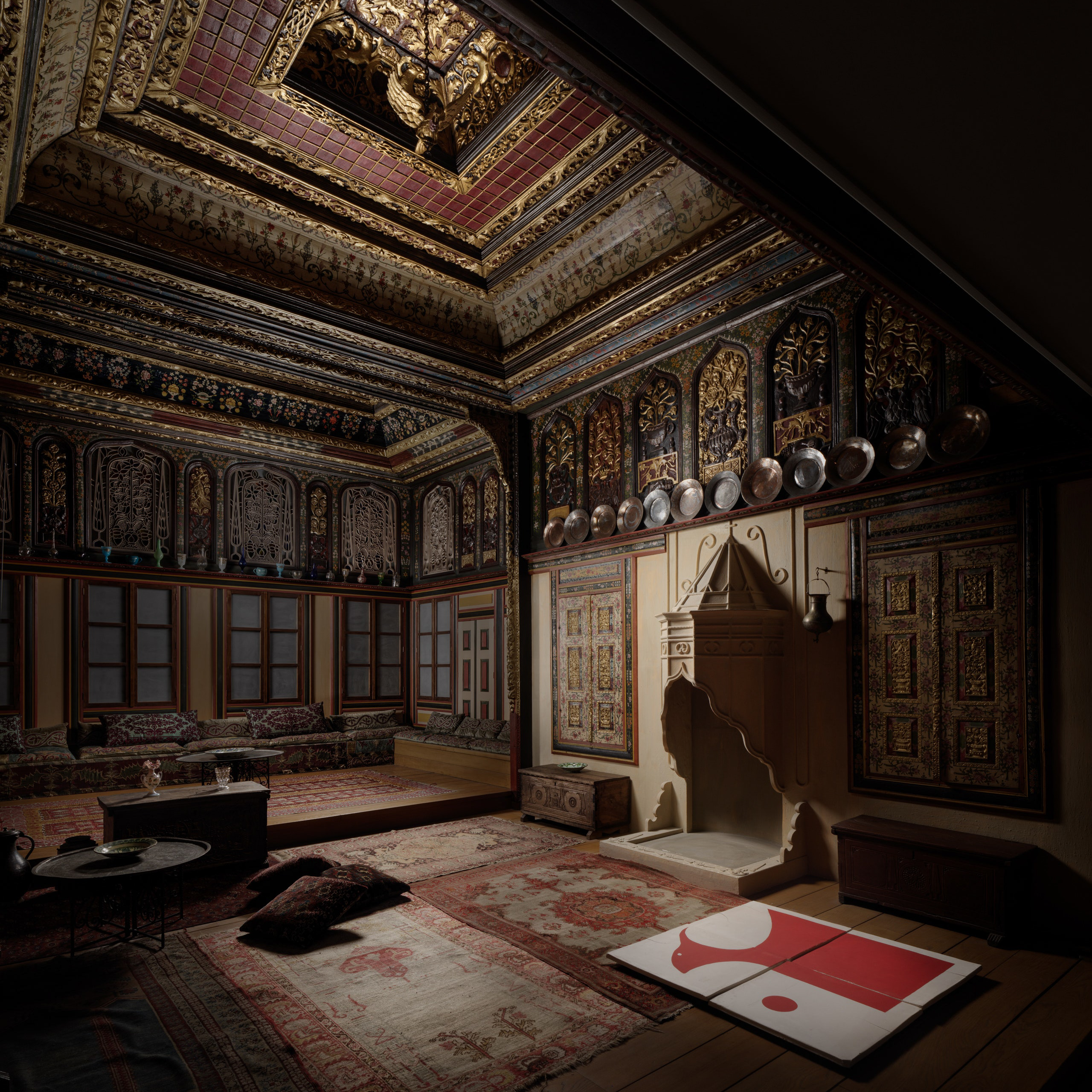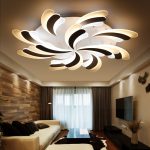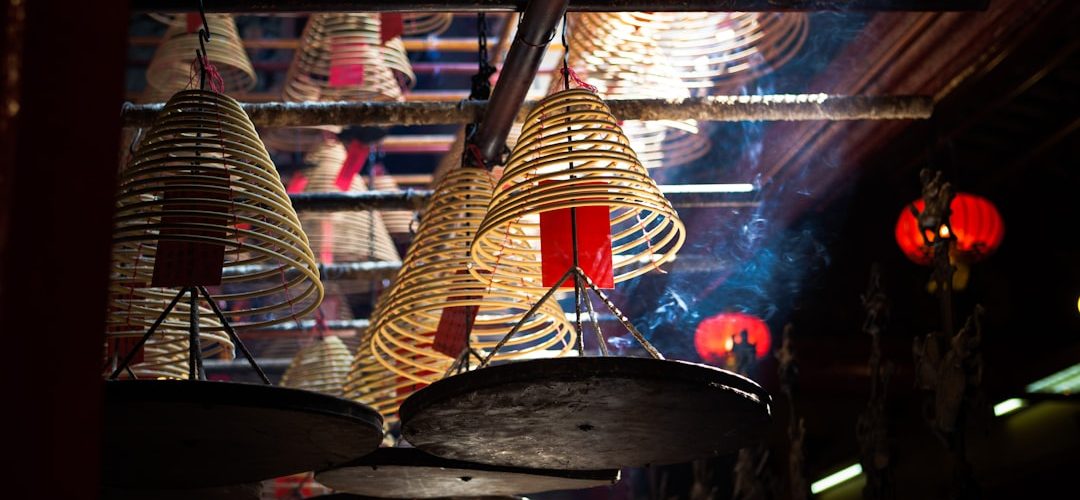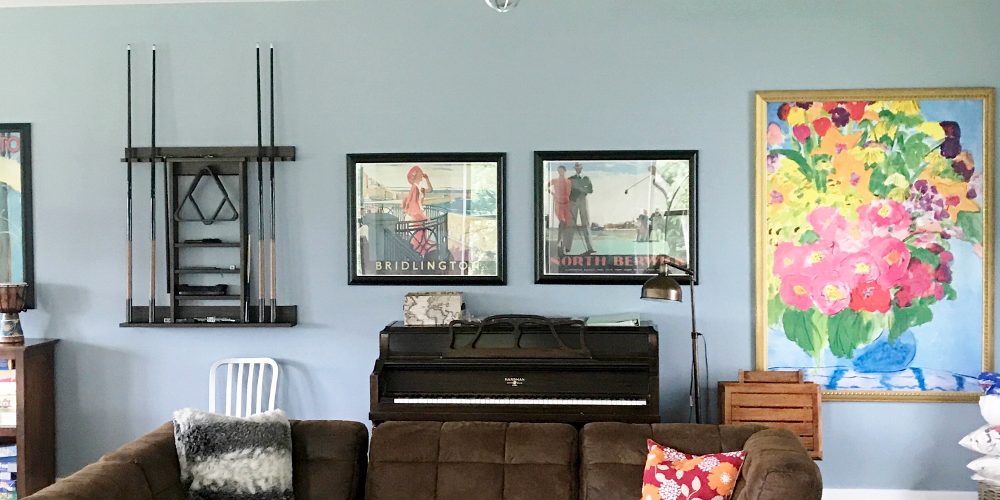
Unleashing Creativity with Concept Lighting: Illuminating the Artistic Vision
Introduction
Concept lighting, as the name suggests, is an innovative and creative approach to lighting design. Rather than being purely functional, it aims to enhance the ambience of a space, convey a specific mood, and showcase the beauty of the surrounding environment. Concept lighting is a multidisciplinary field that has emerged from the intersection of art, technology and design. It is a powerful tool that can transform any space- be it a home, a commercial establishment, or a public space – into a unique and inspiring experience.
The Basics of Concept Lighting
Concept lighting is not just about using fancy lights or fixtures. It requires a deep understanding of the principles of lighting and the ability to use light creatively to create an immersive environment. The five basic principles of lighting are:
1. Intensity
Intensity refers to the brightness of the light source. High-intensity lighting is used to create a bright and vibrant space, while low-intensity lighting is used to create a calming effect.
2. Color Temperature
Color temperature refers to the color of the light. Warm light (yellow or red tones) creates a cozy and inviting atmosphere. Cool light (blues and greens) creates a more refreshing and energetic space.
3. Directionality
Directionality refers to the direction of the light source. Upward-facing lights create a more dramatic effect, while downward-facing lights create a more subtle effect.
4. Texture
Texture refers to the pattern of the light. A smooth texture creates a more even and uniform lighting effect, while a rough texture creates a more dynamic and interesting effect.
5. Shape
The shape of the light source can also influence the overall lighting effect. A round or oval light source creates a softer and more diffused effect, while a square or rectangular light source creates a more structured effect.
Examples of Concept Lighting
Concept lighting can be used in a variety of settings, from residential interiors to public spaces. Here are some examples:
1. Residential Interiors
In residential interiors, concept lighting can be used to create a cozy and inviting atmosphere. For example, warm-toned lights can be used in the living room to create a sense of warmth and intimacy, while cool-toned lights can be used in the bedroom to create a more soothing and relaxing space.
2. Retail Spaces
In retail spaces, concept lighting can be used to showcase products and create a memorable shopping experience. For example, directional lights can be used to highlight certain products, while diffused lights can be used to create a more inviting atmosphere.
3. Restaurants
In restaurants, concept lighting can be used to create a specific mood and enhance the overall dining experience. For example, dimmer and warmer lights can create a more intimate and romantic atmosphere, while brighter and cooler lights can create a more energizing and lively environment.
The Future of Concept Lighting
Concept lighting is a rapidly evolving field, and the possibilities are endless. Advancements in technology, such as LED lighting and smart home systems, have made it easier to create and control lighting effects. Additionally, there is an increasing demand for environmentally friendly lighting solutions that use less energy and reduce carbon emissions.
As we move towards a more sustainable and technologically advanced future, it is clear that concept lighting will play an increasingly important role in our lives. It has the power to transform spaces, evoke emotions, and ignite our creativity. The future of concept lighting is bright indeed.






